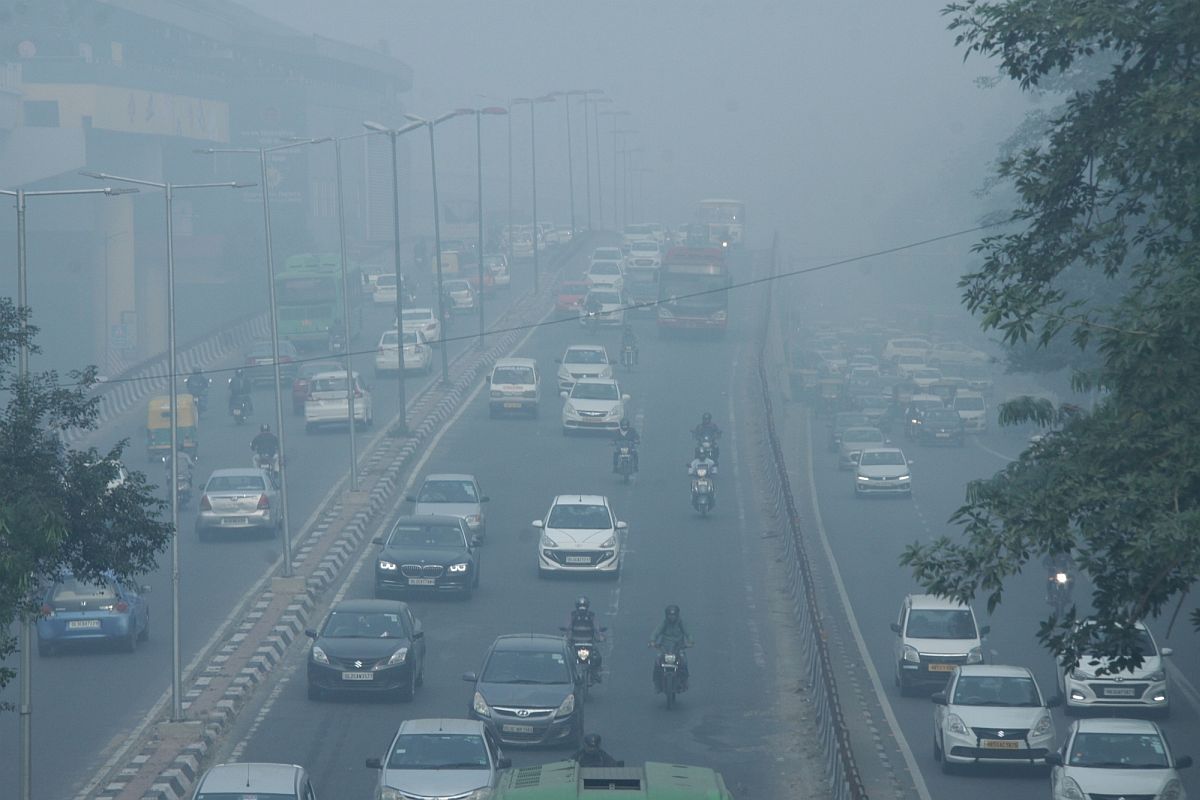Days ahead of Diwali, the air quality in the national capital remained in the ‘poor’ category on Saturday with an overall Air Quality Index (AQI) at 262, as per the System of Air Quality and Weather Forecasting And Research (SAFAR).
On Friday, Delhi’s AQI was in the poor category. The levels of PM 2.5 and PM 10 were recorded at 109 in the ‘very poor’ and 228 in the ‘moderate’ category respectively.
An AQI between zero and 50 is considered good, 51 and 100 satisfactory, 101 and 200 moderate, 201 and 300 poor, 301 and 400 very poor, and 401 and 500 severe.
Advertisement
The air quality in Noida was recorded as ‘very poor’ with AQI 306 while in Gurugram it is in the ‘moderate’ category with AQI at 156.
The air quality in Delhi-NCR is likely to worsen to “very poor” by Saturday.
Earlier on Wednesday, the Commission for Air Quality Management (CAQM) had said that Delhi-NCR’s Air Quality Index (AQI) is likely to be 300 plus on October 22.
The CAQM in its tweet said that air quality will move towards “Very Poor” and further actions under Stage I will be intensified.
“All actions as envisaged under Stage II of the GRAP – ‘Very POOR’ Air Quality to be implemented in the right earnest and further actions under Stage I to be intensified by all the agencies concerned,” read the tweet from CAQM.
Meanwhile, the Delhi government has banned the production, storage, sale, and bursting of crackers this year as well as fines and jail terms in case of violation.
In a bid to reduce vehicular pollution, the Delhi Government also announced the ‘Red Light On Gaadi Off’ campaign.
Under the campaign, public representatives and officials will motivate commuters to turn their vehicles off at red lights in a bid to curb vehicular pollution.
The air quality in the national capital is also affected because of stubble burning in surrounding Punjab, Uttar Pradesh, Haryana and Rajasthan in the winter.









